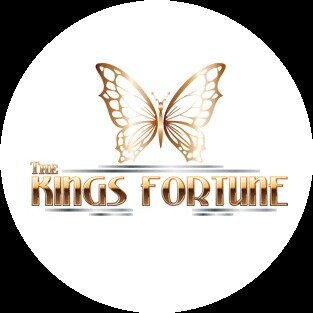
History of the Weller Pottery Company
A History of the Weller Pottery Company
Over the last few years, collecting vintage Weller pottery has become very popular. Many people find a Weller pottery vase or planter and pick up the collecting bug. Eventually, they want to learn more about the manufacturer, so here is a brief history of the Weller Pottery Company.
Samuel Weller was one of the early craftsmen in the Fultonham, Ohio area to produce common ware such as stone canning jars, crocks and flower pots. Sam was an innovator and utilizing sections of sewer tile, he designed a milk pan for which there was a ready market. Due to this initial success, Sam decided to open his own pottery "factory" in 1872. His factory consisted of a small log cabin and one kiln with a horse used to transport the clay from the cabin to the kiln and the finished goods to market.
Sam was not only an able potter but quite a salesman. He knew to be successful you had to dress successful. When he went into town to sell his wares, he dressed impeccably, thereby creating a professional look that probably helped him sell more ware than others. Considering that his business was expanding, in 1882 he moved the pottery to Zanesville, Ohio, into a bigger factory along the river. In 1893, in order to expand his business, William Long (founder of Lonhunda Pottery) became partners with Weller and moved his Lonhuda Faience Company to Zanesville. Long's partnership with Weller dissolved in less than one year. Sam continued to produce Lonhuda pottery but changed its name to Weller Louwelsa. The Louwelsa name originated from the first three letters 'Lou' of his daughter's name, Louise, and 'Wel' from his last name. The 'SA' was reportedly taken from his initials.
Samuel hired many different artists to help create the different pottery lines. Some of the most notable pottery lines are Louwelsa, Sicardo, Hudson, Coppertone, Eocean and Dickens Ware.
In 1904 Weller brought his best equipment and best workers to the St. Louis Exposition and set up an entire pottery operation to show attendees just how pottery was created. In addition to this feat, he unveiled a spectacular 7 1/2 foot Aurelian vase which weighed in excess of 400 pounds. Decorated in fruits and foliage, it had taken 8 attempts to create in a special kiln. Designed by the legendary Frank Ferrell, it won the Gold Medal in the Arts Category.
The depression brought declining sales for non-essential items such as decorative pottery, so consequently they switched production to cooking utensils, beer mugs and cheap ornamental ware. After WWII, cheap foreign imports flooded the American market. In 1945, part of the plant was leased to Essex Wire Company of Detroit. In 1947, the Essex company bought controlling stock in the Weller pottery company expecting an upward trend in the pottery market but that did not occur. In 1948, the Weller Pottery closed forever.
Collecting vintage Weller pottery can be very challenging, especially when the price of a single Weller Pottery Vase can be many thousands of dollars. But there are many lines that can be collected on a budget. Although Weller Pottery produced over 200 separate and distinct lines, we present some of the most notable Weller Pottery Lines and their approximate dates of manufacture.
(1896-1924) Louwelsa
(1897-1898) Dickensware I
(1898-1910) Aurelian
(1898-1918) Eocean
(1900-1905) Dickensware II
(1902-1907) Sicard
(1910) Burntwood and Claywood
(1914-1928) Roma
(1915-1920) Baldwin
(late teens) Selma and Knifewood
(1920) Lustre
(1920-1925) Lamar
(1920-1925) LaSa
(1920-1933) Woodcraft
(Early 1920's) Hudson Perfecto
(1920's) Silvertone
(Late 1920's) Coppertone
(Late 1920's) Warwick
(1930's) Wild Rose
(1933) Cornish
We highly recommend these books for collectors of Weller Pottery. They provide vast amounts of information about the most popular America Art Pottery companies. This website may receive compensation for qualified purchases of these books.




